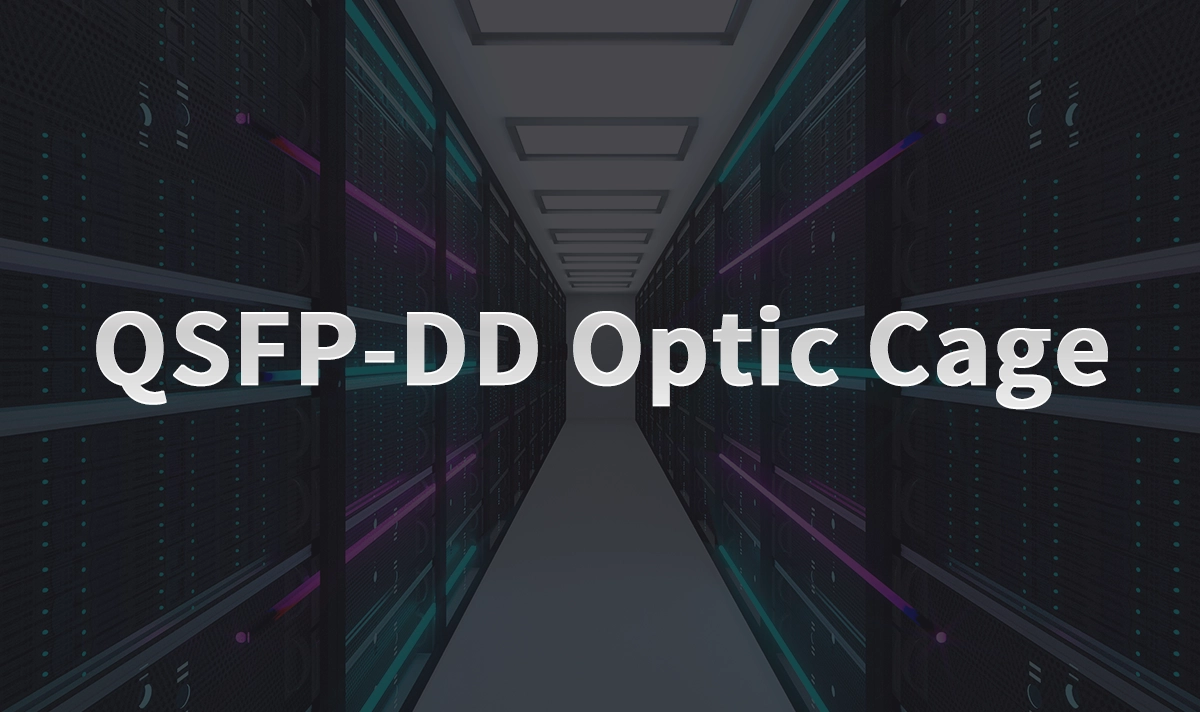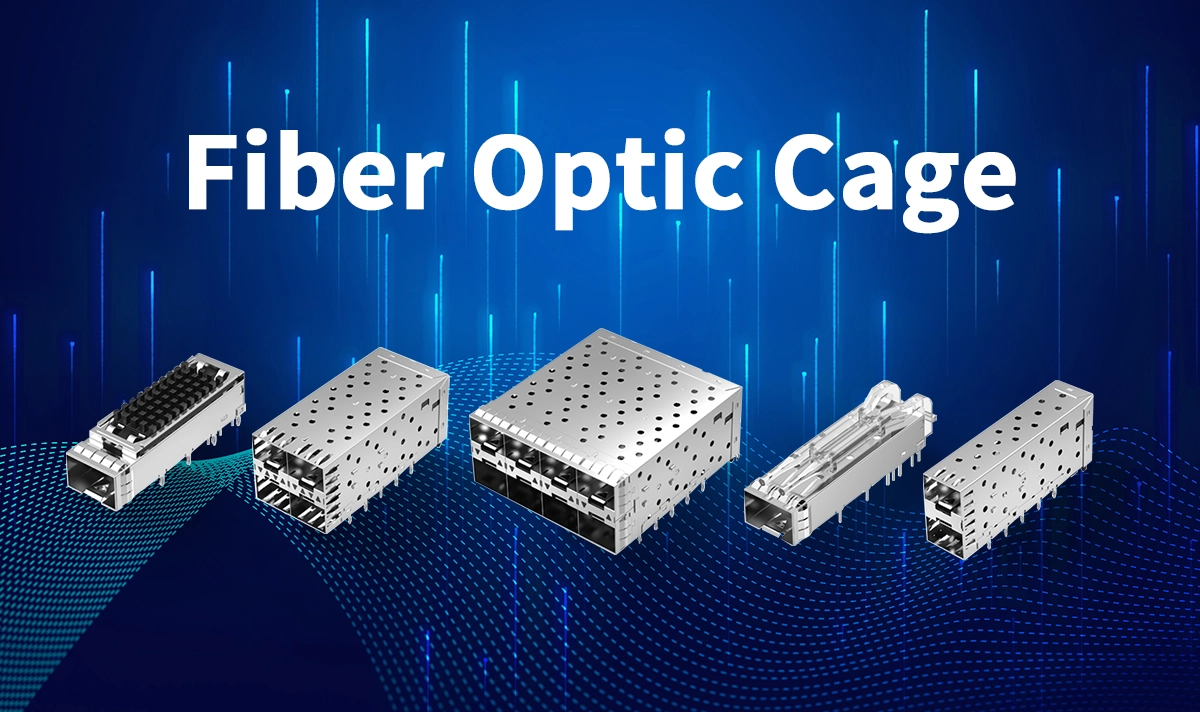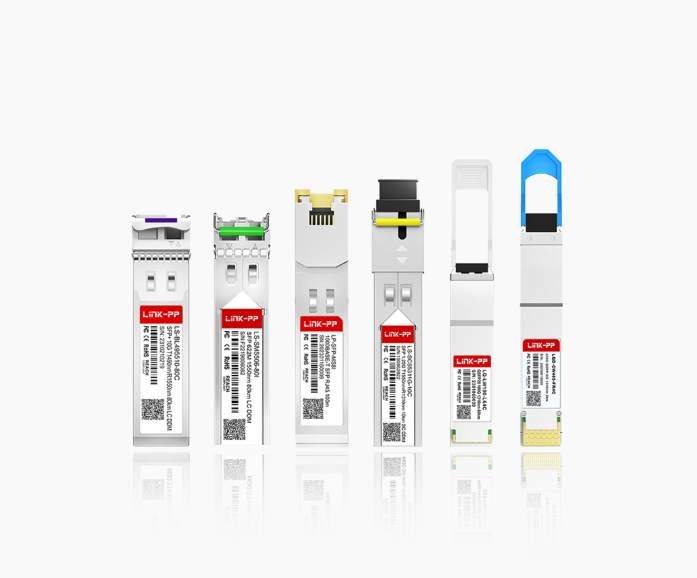
The digital universe is expanding at a breathtaking pace, driven by AI, 5G, streaming, and the Internet of Things (IoT). To keep up, data center operators are in a constant race to upgrade their infrastructure, with 400 gigabits per second (400G) technology now firmly in the mainstream. However, achieving these blistering speeds isn't just about the transceivers themselves; it's about the entire ecosystem that supports them.
At the heart of this ecosystem lies a critical, yet often overlooked component: the fiber optic cage assembly. This is not just a simple mechanical socket; it's a precision-engineered interface that ensures signal integrity, manages heat dissipation, and provides robust physical connectivity. As the industry pivots towards new 400G transceiver form factors like QSFP-DD (Quad Small Form-factor Pluggable Double Density) and OSFP (Octal Small Form-factor Pluggable), the design of these cages becomes more complex and vital than ever.
📝 The 400G Landscape: A Shift in Form Factors
The transition from 100G to 400G isn't a simple speed bump. It requires a fundamental rethinking of how we pack more data into the same or smaller physical space. The legacy QSFP28 form factor, while powerful, has limitations for scaling to 400G and beyond. This has led to the rise of two primary contenders:
Form Factor | Key Characteristics | Primary Use Cases |
|---|---|---|
QSFP-DD | ▪️ Backward compatible with QSFP28 | High-density data center switches, cloud computing, enterprise networking. |
OSFP | ▪️ Slightly larger & enhanced thermal performance | High-performance computing (HPC), hyperscale data centers, routes requiring superior thermal management. |
This pivot in high-speed transceiver design places new demands on the cage assembly, particularly in three key areas:
Increased Port Density: Cages must be narrower to fit more ports on a single switch faceplate without compromising structural integrity.
Superior Thermal Management: 400G modules generate significant heat. Cages must efficiently channel this heat away to prevent thermal throttling and ensure module longevity.
Enhanced Signal Integrity (SI): At 112Gbps per lane (PAM4 modulation), any impedance mismatch or electromagnetic interference (EMI) can cripple performance. Cages must provide excellent EMI shielding and a stable transmission path.
📝 The Unsung Hero: Demystifying the Fiber Optic Cage Assembly

So, what exactly does a fiber optic cage do? Think of it as the "docking station" for your pluggable transceiver. Its functions are multifaceted:
Physical Guide & Latch Mechanism: It precisely guides the transceiver into the host board's connector and provides a secure latching mechanism to prevent accidental disconnection.
EMI Shielding: It acts as a Faraday cage, containing the high-frequency signals within and protecting them from external noise, which is crucial for maintaining a low bit error rate (BER).
Heat Sink Interface: It is designed to facilitate optimal contact between the transceiver's top and a system heat sink, pulling heat away from the sensitive internal components.
Grounding Path: It provides a critical grounding path for the entire assembly.
For 400G applications, the cage's role in thermal management for high-speed transceivers is paramount. A poorly designed cage can create an air gap, leading to hotspots and degraded performance.
📝 LINK-PP's Strategic Pivot: Engineering Cages for the 400G Era
Recognizing the critical needs of the market, LINK-PP has strategically pivoted its engineering expertise to develop a new generation of fiber optic cage assemblies. Our components are not just adapted but are purpose-built from the ground up to support the rigorous demands of QSFP-DD and OSFP standards.
Our design philosophy focuses on:
Precision Stamping & Forming: We utilize advanced manufacturing techniques to ensure tight tolerances, which is a fundamental requirement for achieving reliable 400G connectivity and stable latching.
Optimized Airflow Design: Our cage designs feature carefully engineered ventilation holes that balance EMI suppression with maximized airflow, a key factor in effective thermal management for high-speed transceivers.
Superior EMI Gaskets: We integrate high-performance beryllium copper finger strips to provide industry-leading EMI shielding effectiveness, safeguarding signal integrity in the most demanding environments.
A prime example of this innovation is our LINK-PP LP11GC017P0. This cage assembly is meticulously designed to meet the mechanical and thermal requirements of QSFP-DD modules. It features a reinforced latch mechanism for high vibration environments and a patented heat sink alignment system that guarantees optimal thermal contact, directly addressing one of the biggest pain points in high-density data center design.
By choosing LINK-PP's fiber optic cage solutions, network hardware designers can confidently overcome the challenges of signal integrity in 400G systems. Our commitment to quality ensures that your infrastructure is built on a foundation of reliability, enabling you to deliver the uninterrupted, high-bandwidth services that the modern world depends on.
📝 Conclusion: Building the Backbone of Tomorrow's Networks
The success of 400G deployment hinges on the seamless integration of every component in the signal chain. The fiber optic cage, though small, is a linchpin of this entire operation. As form factors evolve to support 800G and even 1.6T in the future, the partnership between transceiver manufacturers and precision component engineers like LINK-PP will only become more critical.
🚀 Ready to Future-Proof Your 400G Hardware Design?
Don't let a minor component become a major bottleneck. Explore how LINK-PP's high-performance fiber optic cage assemblies can enhance the reliability and performance of your networking equipment.
📧 request the detailed datasheet for our QSFP-DD Cage! Let us help you build faster, denser, and more efficient data centers.




